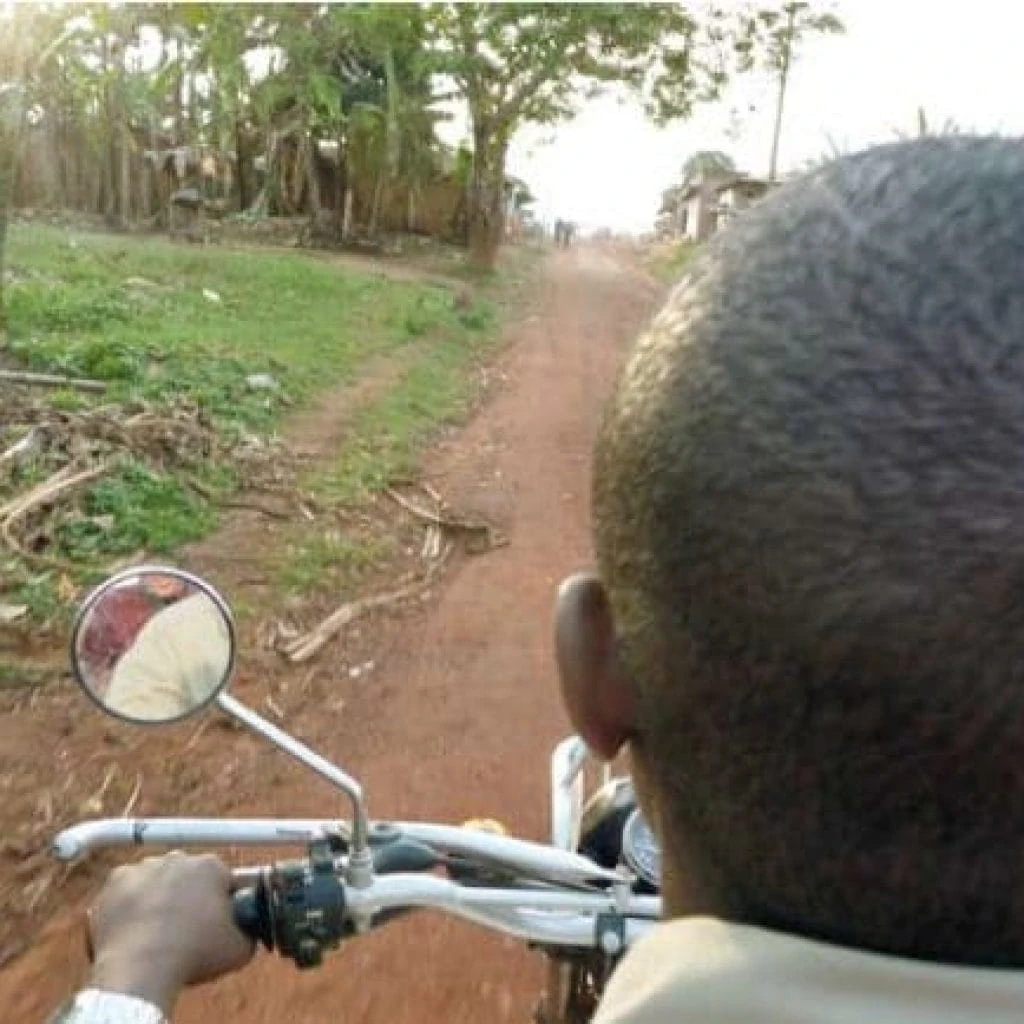Anyone who has the chance to get a job in one of the large mines in southern Africa has promising prospects for a good income and a better standard of living. This idea also tempts many young people to leave their homes and seek their fortune in the mine regions. But too often their hopes are not fulfilled. This is shown by a study on the migration of young people in the mining regions of Tanzania.
The mining of raw materials is booming worldwide. The hope of earning good money in the large gold and diamond mines of the international multinationals is attracting many young people to the mining regions. This is also the case in Tanzania, where terre des hommes Switzerland and its partner organisations are active. There the mines attract young people from poorer areas of the country. This has far-reaching effects on young people and the mine region. In order to better understand which ones, terre des hommes switzerland commissioned a study on migration, the results of which are now available. One of the findings is that for very few young people the hopes are fulfilled.
Enticing promises
At home, young people usually live in difficult economic circumstances. The death of the family carer, family problems or maltreatment make the young people leave. The study also shows that most immigrant youths come from families with an above-average number of children. Most of them (90 percent) had no formal employment before leaving - an indication that they have little evidence of their abilities to help them find work.
Around ten percent of the young people surveyed come to the mine regions through the mediation of relatives, acquaintances or intermediaries. What initially looks like a friendly service often turns out to be an exploitative smuggling operation. A 17-year-old girl also had this experience: "A woman who sold clothes in our village became friends with my mother. She promised to help me to find a job in Shinyanga and to buy me a bus ticket there. She said I wouldn't have to pay her back until I got a job. The young woman doesn't know how much the ticket cost the woman. But now she works as a waitress in a bar and pays off her debts every month - without knowing when they will finally be paid off.
Majority without big chances
Large mines always change their spatial and social environment. Small-scale mining is usually carried out in the immediate vicinity of the large mining areas: Small-scale miners try their luck with simple means that are often hazardous to health and the environment. As a result of immigration, slum-like mining towns are emerging in this environment. Bars and small-scale trade are boosted, and prostitution and violence are on the increase. Girls and young women in particular, who can hardly find work in the large mines, are exposed to sexual assault from employers and customers. According to the study, a full 37 percent of migrant youths are under the age of 18, the limit for legal employment. This encourages exploitation and child labour, which are not found in the large mining companies, but in all other fields of activity.
Those young people who work in the big mines or have otherwise made a good living are living relatively well. But that is only about 6 percent. About one third work in small, informal mining.
Not a question of choice
For example, the majority of the young people interviewed assess their life in migration as no better than before. However, better or worse is often not the decisive criterion for staying and not leaving. "My life here in Geita is miserable. But in Magu, where I come from, it is worse," says a 23-year-old man, for example. "The Nile perch we lived on no longer exists. What else can I do but try my luck here in the mines?"
You can find out exactly what photography is all about and other interesting articles in our company newspaper (issue 3 - 2012) as a PDF file.


